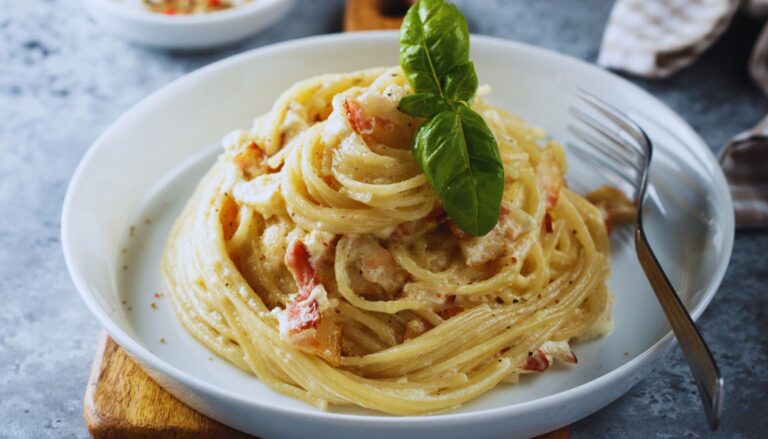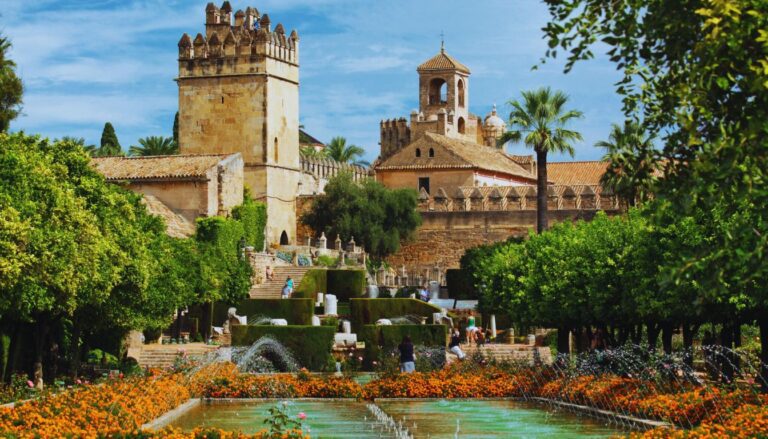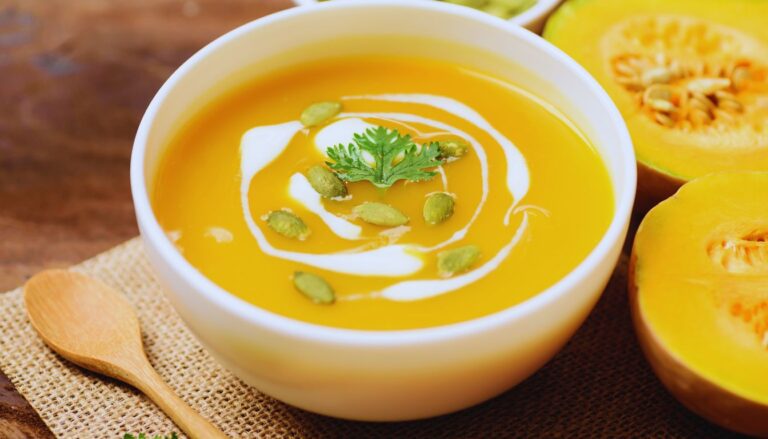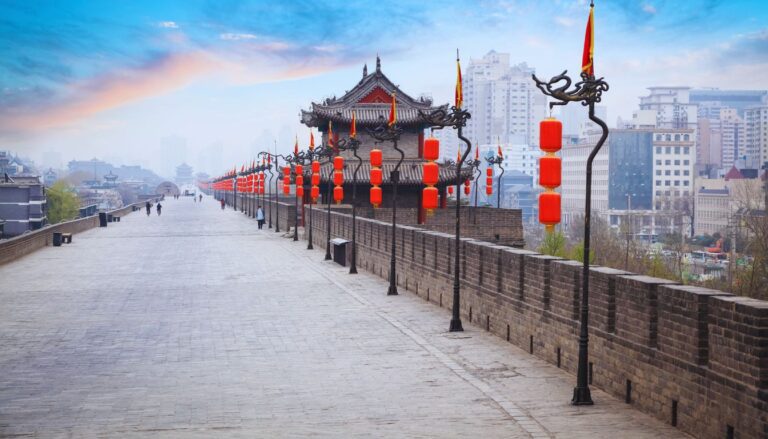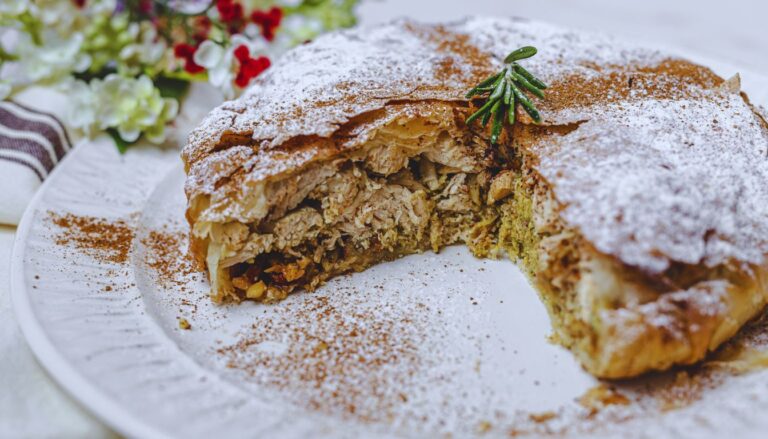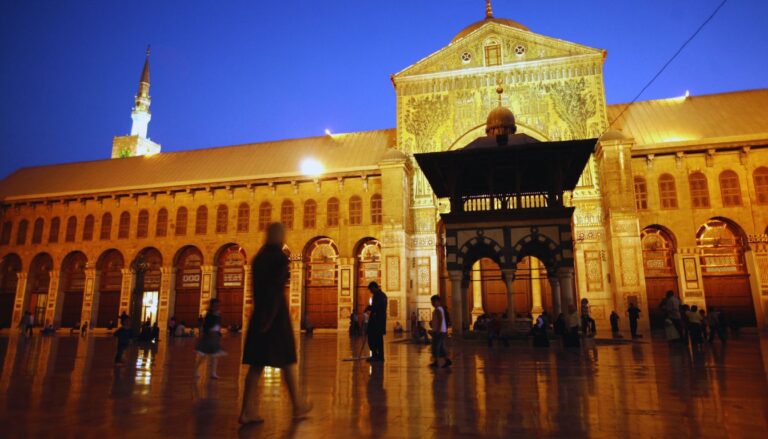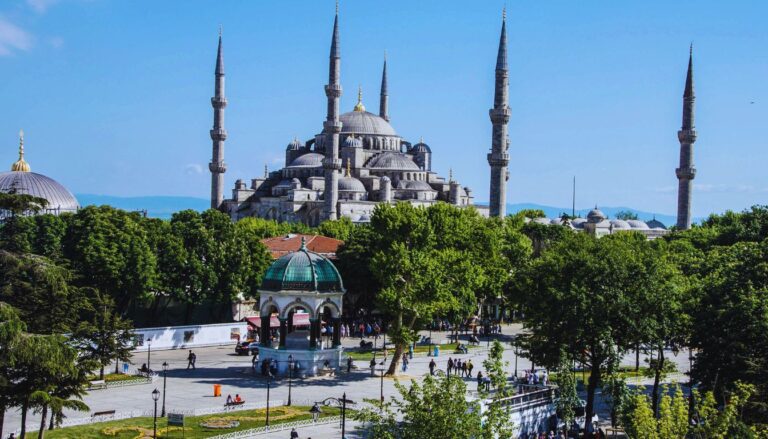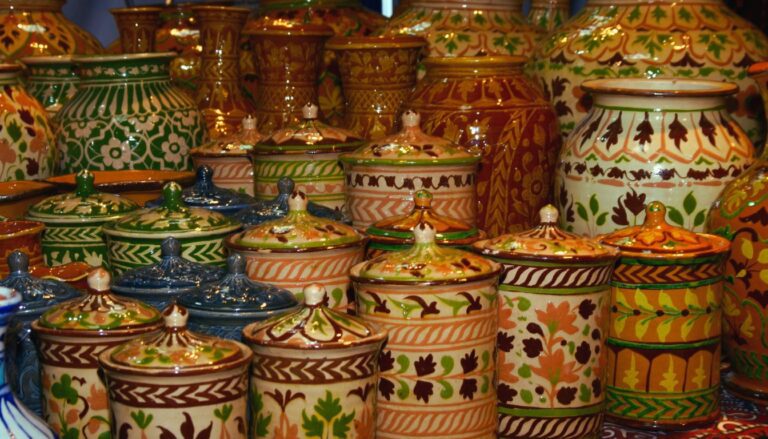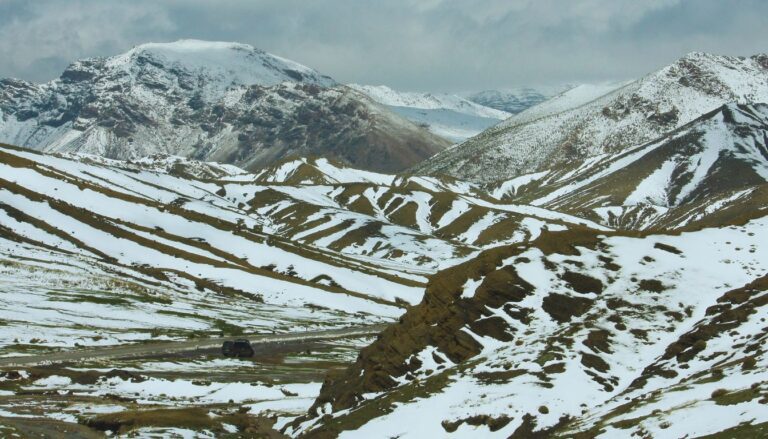Tangia, Marrakech Morocco
In the labyrinthine streets of Marrakech’s ancient Medina, where time seems to stand still, a centuries-old culinary tradition continues to captivate both locals and travelers alike. Tangia, often called the “bachelor’s stew,” is more than just a dish—it’s a testament to Moroccan ingenuity, community spirit, and the art of slow cooking. This humble yet profound clay pot preparation captures the essence of Marrakech’s cultural heritage, offering a taste of authentic Morocco that extends far beyond its delectable flavors.
Table of Contents
Origins and History
The story of Tangia is deeply intertwined with the working-class history of Marrakech. Born in the copper souk (marketplace) centuries ago, this dish emerged from the practical needs of single working men in the Medina. Unlike many Moroccan dishes prepared by women at home, Tangia was traditionally a male-dominated culinary practice.
- Originally created by workers who needed a meal that could cook slowly while they worked
- The dish gets its name from the distinctive urn-shaped clay pot called a “tangia”
- Historically, the cooking process utilized the remnant heat from hammam (public bathhouse) furnaces
- The tradition dates back to at least the 16th century during the Saadian dynasty
Cultural Significance
Tangia represents far more than sustenance in Moroccan culture—it embodies the spirit of community and resourcefulness that defines Marrakech’s social fabric.
- Symbolizes the historical cooperation between various trades: the butcher, the spice vendor, and the hammam workers
- Represents the innovation of working-class citizens in creating flavorful meals with minimal resources
- Serves as a vital part of Friday communal gatherings after prayers
- Exemplifies the Moroccan principle of slow food and patient cooking
- Demonstrates the strong connection between food and social bonds in Moroccan culture
Ingredients and Preparation
The beauty of Tangia lies in its simplicity, though mastering its preparation requires understanding of traditional techniques:
Essential Ingredients:
- Tender lamb or beef
- Preserved lemons
- Garlic cloves
- Cumin
- Ras el hanout (traditional Moroccan spice blend)
- Saffron threads
- Olive oil
- Sea salt
Traditional Preparation Process:
- Ingredients are placed in the clay tangia vessel
- Minimal liquid is added, allowing the meat to cook in its own juices
- The vessel is sealed with parchment paper and string
- Traditionally cooked in hot ashes for 6-8 hours
- Modern preparations often use slow cookers or ovens, though purists insist on traditional methods
Where to Try It
To experience authentic Tangia in Marrakech, knowing where to go is essential:
Recommended Venues:
- Mechoui Alley near the Djemaa el-Fna
- Hadj Mustapha in the heart of the Medina
- Restaurant Chez Lamine in the Medina’s meat market
- Amal Women’s Training Center for a modern interpretation
Best Areas:
- The old Medina district
- Around Djemaa el-Fna square
- Near the Mouassine neighborhood
Eating Etiquette and Customs
Understanding local dining customs enhances the Tangia experience:
- Traditionally eaten with right hand using fresh bread
- Sharing from a common dish is customary
- It’s polite to eat from the portion directly in front of you
- Express appreciation with “Bismillah” before eating
- Thank your host with “Al-ḥamdu lillāh” after the meal
Seasonal Considerations
While Tangia is available year-round, certain factors affect the experience:
- Best enjoyed during cooler months (October to March)
- Traditional hammam-cooked Tangia is more common on Fridays
- Major festivals and Ramadan may affect availability
- Summer heat can make the heavy dish less appealing
- Market prices for ingredients vary by season
Modern Interpretations
Today’s chefs are reinventing this classic while respecting its essence:
- Contemporary restaurants offer lighter versions
- Some establishments use modern cooking methods while maintaining traditional flavors
- Vegetarian adaptations are becoming available
- Upscale riads present gourmet interpretations
- Home cooking classes teach simplified versions
Practical Information and Travel Tips
Make the most of your Tangia experience with these essential tips:
- Book traditional cooking classes in advance
- Visit the spice souk to learn about ingredients
- Consider timing around prayer times when visiting traditional venues
- Carry cash as many traditional establishments don’t accept cards
- Learn basic Arabic phrases for ordering
- Allow at least 4-5 hours if ordering freshly prepared Tangia
- Consider guided food tours for the best local insights
Making Your Tangia Journey Memorable
Embrace the unhurried pace of Tangia preparation—it’s not just about the meal, but the entire experience. Visit local spice markets, observe the traditional preparation process, and engage with local cooks. Remember, the best Tangia experiences come with patience, respect for tradition, and openness to cultural immersion. Let this ancient dish be your gateway to understanding Marrakech’s rich culinary heritage.


